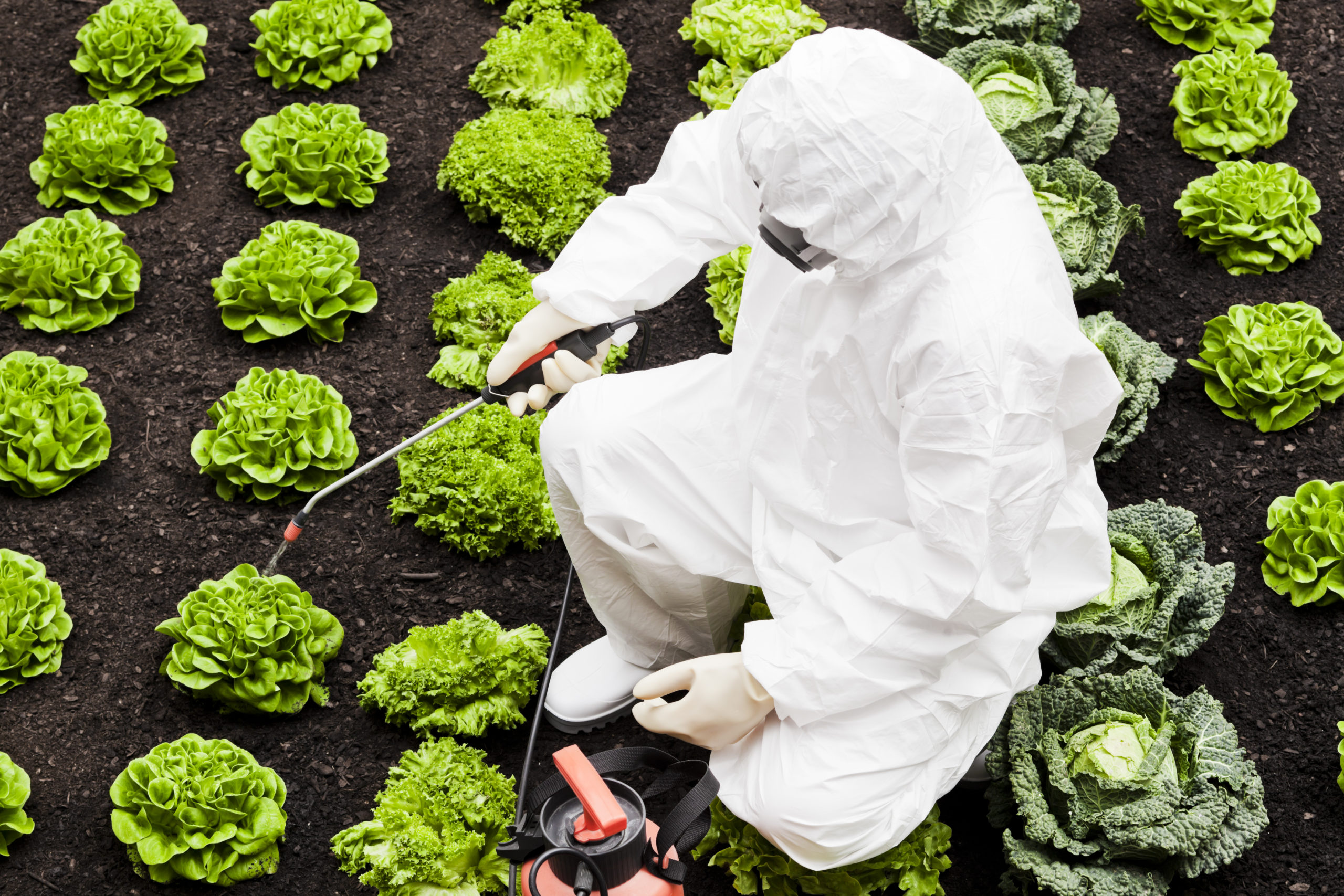
Insurance underwriters can help farmers manage the risk of microbial contamination in their fields.
Foodborne illness is a public health problem of pandemic proportions. The CDC estimates that contaminated food sickens 48 million Americans each year, causing l28,000 hospitalizations and 3,000 deaths annually. Nowhere is this crisis more acute than in the fresh produce sector, where virulent microbial pathogens in growing fields and packing houses cause many of the nation’s largest and deadliest outbreaks.
Federal regulations developed in the past few years have established stringent new standards for improving food safety on farms. The U.S. Food and Drug Administration is responsible for implementing these regulations but lacks the inspection resources needed to oversee the more than 120,000 U.S. farms that cultivate fresh produce.
Significant help in filling this oversight gap could come from a surprising source: the insurance industry.
A recently published study of mine documents the emerging efforts of insurers to monitor and enforce compliance with food safety standards on farms. These efforts, if successfully scaled up, could transform the U.S. food safety system, not just on farms but also across the food industry.
Insurance pools risk to shield policyholders from the potentially ruinous financial consequences of unexpected harms. One downside of insurance is that, by relieving policyholders of financial responsibility for accidents, insurance eliminates an important incentive for them to exercise care, which could increase the risk of accidents. Economists refer to this as the problem of moral hazard.
To address this problem, insurance providers frequently create new incentives for policyholders to reduce risk. Numerous case studies of insurance have described how insurers employ a variety of techniques to reduce risk. These techniques include premium discounts for policyholders who adopt precautions and loss control advice about how to avoid accidents that might give rise to claims.
In interviews that I conducted between 2013 and 2020, 35 insurance professionals—agents, brokers, underwriters, loss-control specialists, and adjusters—described how they use these and other techniques to reduce the risk of food safety failures on farms that grow fresh produce.
Farmers typically purchase some form of insurance that includes liability coverage for foodborne illness outbreaks. For small farms, this liability coverage is bundled into a farm insurance package, which includes some combination of coverage for a farm dwelling, household personal property, farm machinery and equipment, farm structures, and farm products and supplies—and may also include auto coverage. Larger farms, like other business entities, normally carry what is known as commercial general liability coverage, which may be sold separately or as part of a business operators policy.
Insurance professionals use various techniques to help farmers reduce the risk of contamination in their operations. For example, insurers use premiums to induce farmers to pay more attention to food safety issues. One underwriter explained that if insurers see an area where a farmer is falling short on safety, their underwriters will “apply pricing debits” until changes are made, and then they will “remove them to make the premium more attractive.”
In addition to offering price incentives, insurance professionals also give their insureds food safety management advice. According to a second underwriter, making recommendations to farmers about risk management strategies “helps us not have losses but also helps them be the best that they can be in their business.”
As a compliance mechanism, insurance has an important advantage over government regulation. Resource constraints hamper insurance less than they do for publicly funded oversight. For a government agency, expanding inspections puts increasing strain on a limited budget. By contrast, as the market for insurance coverage grows, companies collect more premiums from which to fund inspections. For insurers, increasing demand for inspections provides new revenue to pay for them. Consequently, the capacity of insurance companies to oversee food safety on farms far exceeds that of government agencies.
Insurance also has an advantage over the most common form of privately funded oversight in the fresh produce sector—private third-party food safety audits paid for by growers. The conflict of interest that arises when growers pay for audits compromises the integrity of those audits and undermines confidence in them. Although growers also pay for underwriting inspections, insurance companies have a powerful incentive to ensure that these inspections are rigorous, because the insurer is liable for the costs of any food safety failure. This business model for insurance companies includes incentives for rigor and reliability that are absent from private third-party food safety audits paid for by growers.
Insurance as a tool for creating incentives for farmer compliance with food safety regulations is not yet widespread. Providing risk management advice to farmers requires an investment of time on the part of insurance professionals that most inexpensive farm policies cannot support. Consequently, the types of risk reduction strategies described here have been primarily associated with larger agribusiness policies with high premiums. They are not common among the insurers of medium and small farms, as the owners of these farms can only afford to purchase inexpensive insurance.
Additional research might explore ways to organize risk pools among small and medium size growers, or to provide them with government subsidies to purchase insurance, as is currently done with crop insurance. This approach might support higher premiums and the proliferation of insurers’ efforts to help manage food safety risks.
In time, food safety liability insurance coverage may yield a model for other sectors of the food industry.
https://ift.tt/tNAaDqR
food


Tidak ada komentar:
Posting Komentar